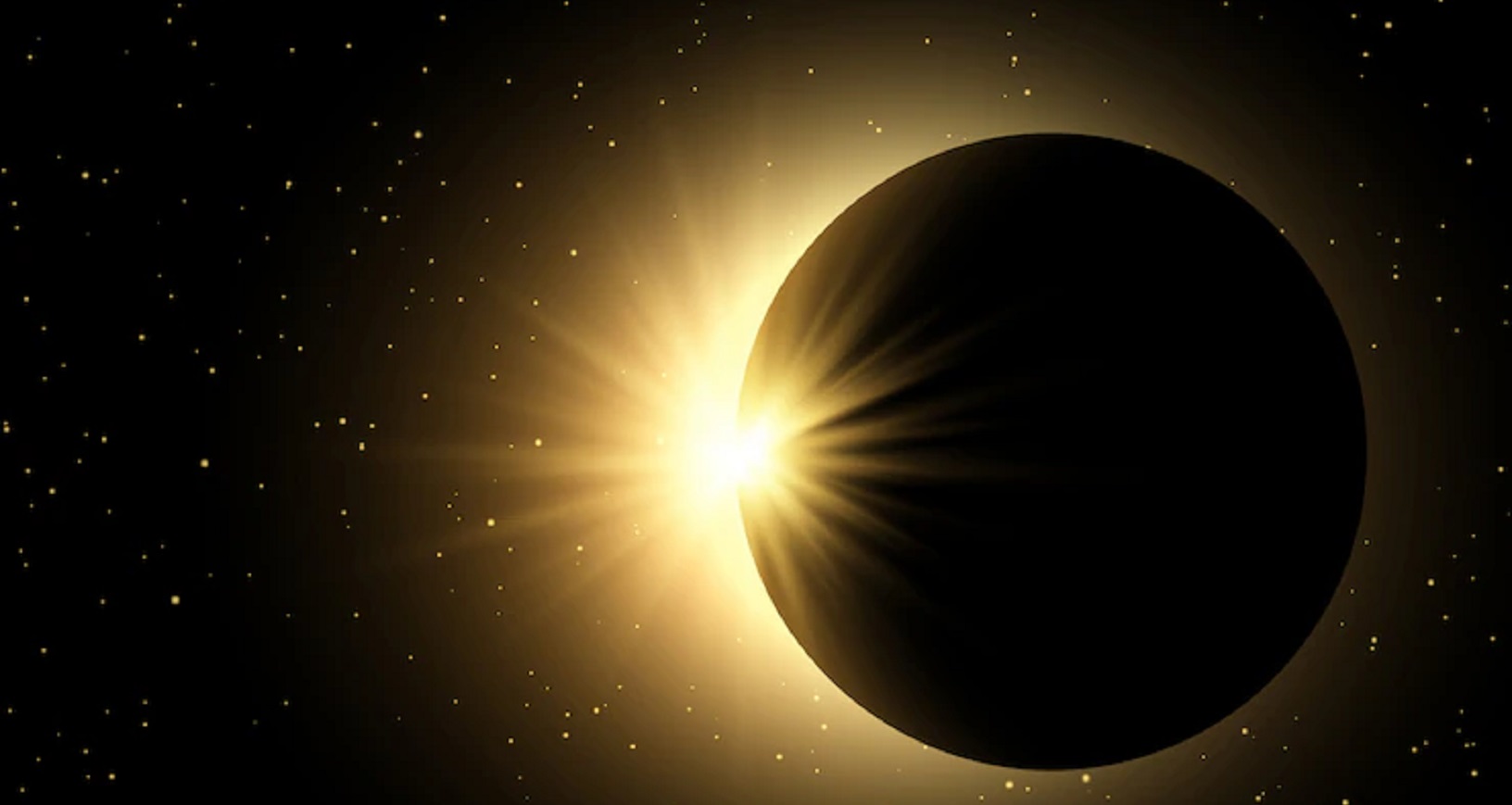Hold onto your hats, space enthusiasts, because a celestial showstopper is hurtling towards us in April 2024! On April 8th, a total solar eclipse will carve a path across the United States, stretching from Texas to Maine. This isn’t just any eclipse; it’s a once-in-a-lifetime event for millions of Americans who will have the chance to witness the sun completely vanishing behind the moon, casting the world into an eerie twilight for a few precious minutes.
The Path of Totality:
Path of the 2024 solar eclipse across the United States
Visit NASA’s Scientific Visualization Studio to download this map.
Imagine a dark ribbon snaking across the map of the US. That’s the path of totality, a narrow band where the moon will completely block the sun, leaving only a shimmering ring of light, the sun’s corona, visible around its edge. This awe-inspiring phenomenon will last for up to 4 minutes and 26 seconds at its peak, depending on your location.
The eclipse will begin its journey in Texas, plunging parts of Del Rio and Eagle Pass into darkness shortly after 1 PM Central Time. It will then race northeastward, carving a path through Oklahoma, Arkansas, Missouri, Illinois, Kentucky, Indiana, Ohio, Pennsylvania, New York, Vermont, New Hampshire, and finally reaching its northernmost point in Maine before heading out to sea.
Experiencing the Eclipse:
If you’re lucky enough to be within the path of totality, prepare for an unforgettable experience. The sky will darken dramatically, temperatures will dip, and animals may behave strangely. As the last sliver of sunlight disappears, the corona will burst into view, a breathtaking spectacle of swirling plasma and filaments. But remember, looking directly at the sun, even during an eclipse, can cause permanent eye damage. Invest in certified eclipse glasses and use them throughout the event, even during the moments of totality.
Beyond Totality:
Even if you’re not in the path of totality, you can still enjoy a partial eclipse in most parts of the United States. The farther you are from the path, the smaller the percentage of the sun that will be covered. But even a partial eclipse is worth witnessing, offering a glimpse of the moon’s dance across the sun’s face.
Plan Ahead:
With millions of people eager to experience this cosmic event, it’s crucial to plan ahead. Popular viewing locations will likely be crowded, so secure your spot early. Book hotels, campsites, or transportation well in advance, and research the best viewing locations in your area. Remember, weather can disrupt even the best-laid plans, so have a backup location in mind in case of cloudy skies.
More Than Just a Pretty Picture:
A solar eclipse is not just a celestial spectacle; it’s a scientific opportunity. Researchers will use the eclipse to study the sun’s corona, learn more about the moon’s orbit, and test new technologies. The 2024 eclipse will be particularly significant as it coincides with the launch of several new space telescopes, promising unprecedented data and discoveries.
So, mark your calendars, grab your eclipse glasses, and get ready to witness a once-in-a-lifetime event. The 2024 solar eclipse is a reminder of the wonders that lie beyond our planet and the power of science to unlock the secrets of the universe. Let’s celebrate this celestial phenomenon and embrace the awe-inspiring beauty of the cosmos!
Additional Resources:
- NASA Eclipse Website: https://eclipse.gsfc.nasa.gov/
- American Astronomical Society Eclipse Website: https://science.nasa.gov/eclipses/future-eclipses/eclipse-2024/where-when/
- Time and Date Eclipse Website: https://www.timeanddate.com/eclipse/in/@12217936?iso=20240408
I hope this article has helped you understand and prepare for the upcoming solar eclipse. Remember, it’s an event not to be missed, so start planning your eclipse experience today!
Picture Source: science.nasa.gov & freepik.com/kjpargeter


